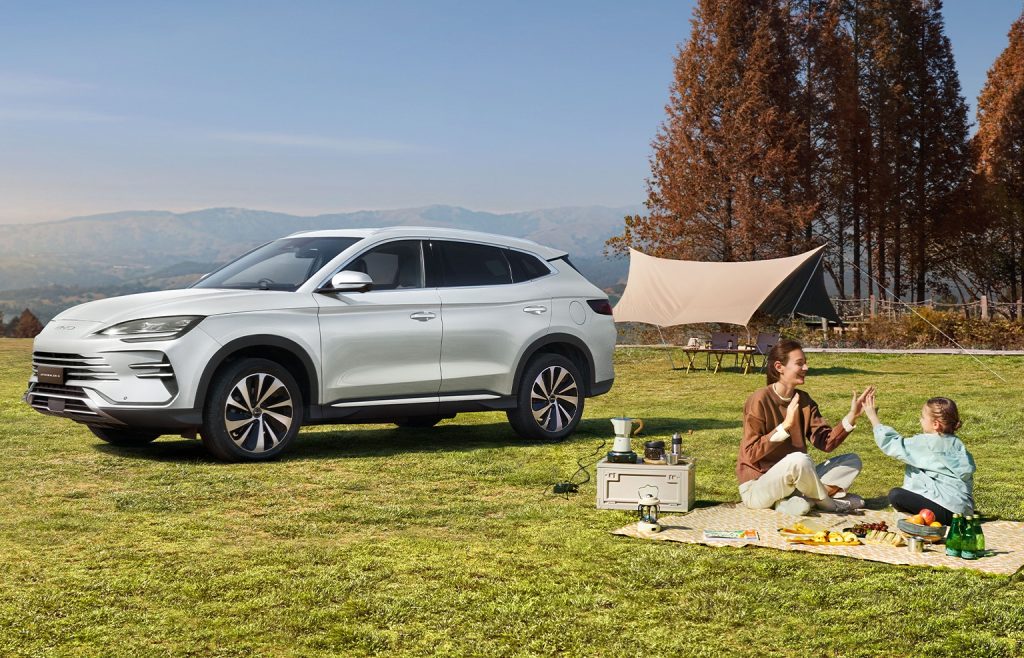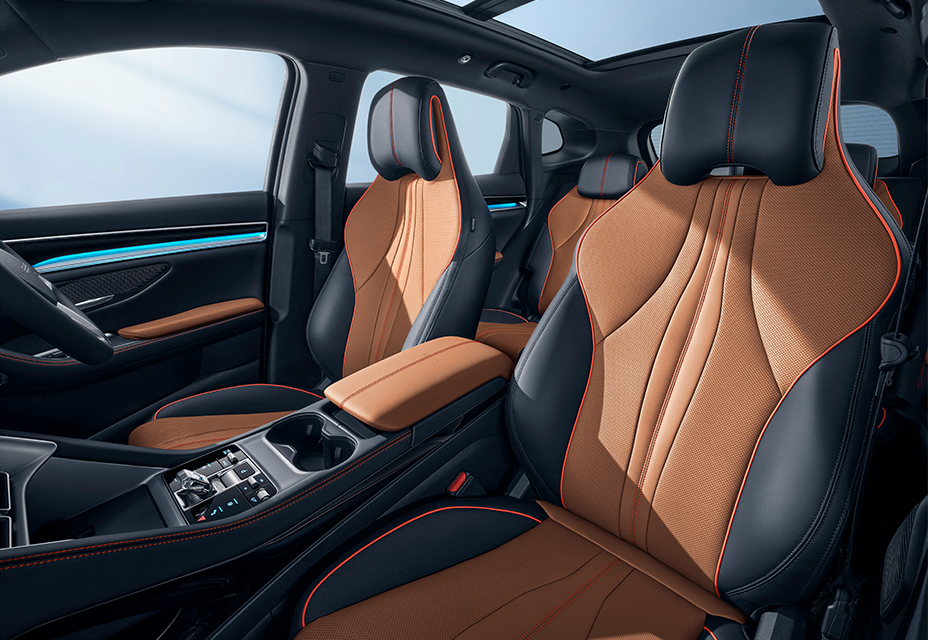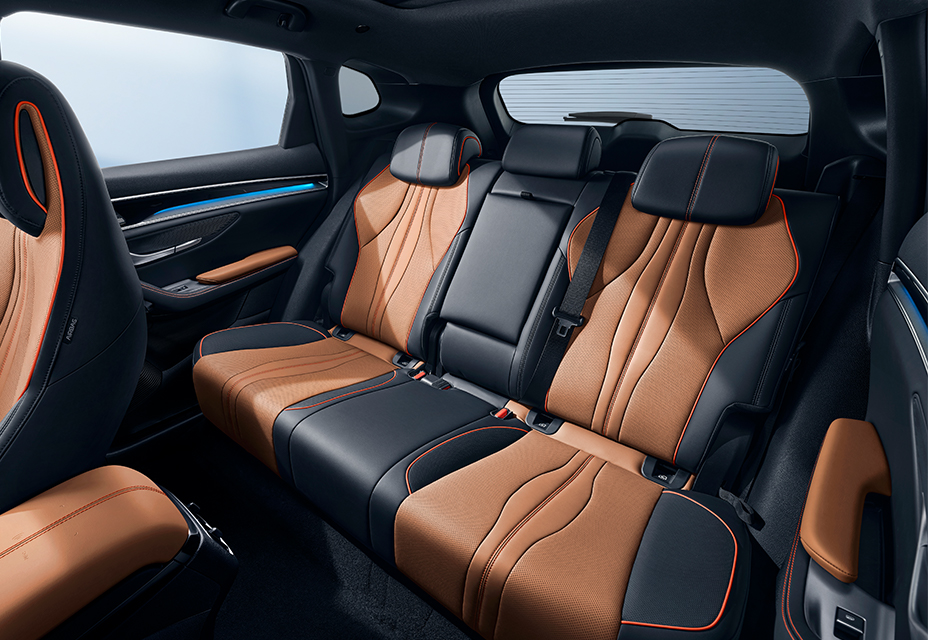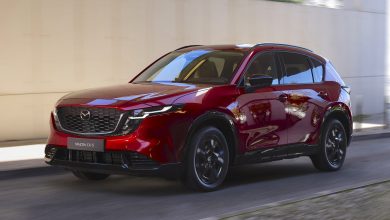BYD Sealion 6 PHEV SUV On Track For Malaysian Debut Soon
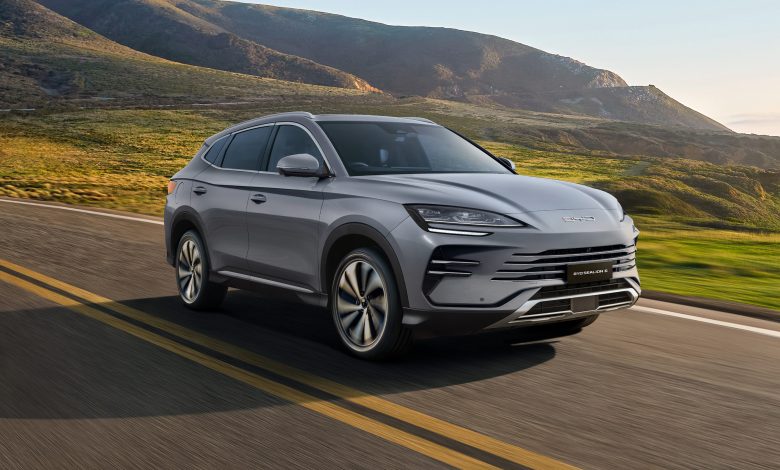
The primary party trick of this PHEV BYD SUV is that it can manage nearly 1,100 km on a full tank and charge.
A few months ago now during the local debut of its Seal Dynamic, BYD Malaysia has teased that it will soon also be bringing in a few of its PHEVs over here. And while it didn’t confirm then which electrified model exactly it intended to launch, there are now credible whispers on the grapevine that its Sealion 6 DM-i Super Hybrid will be making landfall locally before 2024 ends.
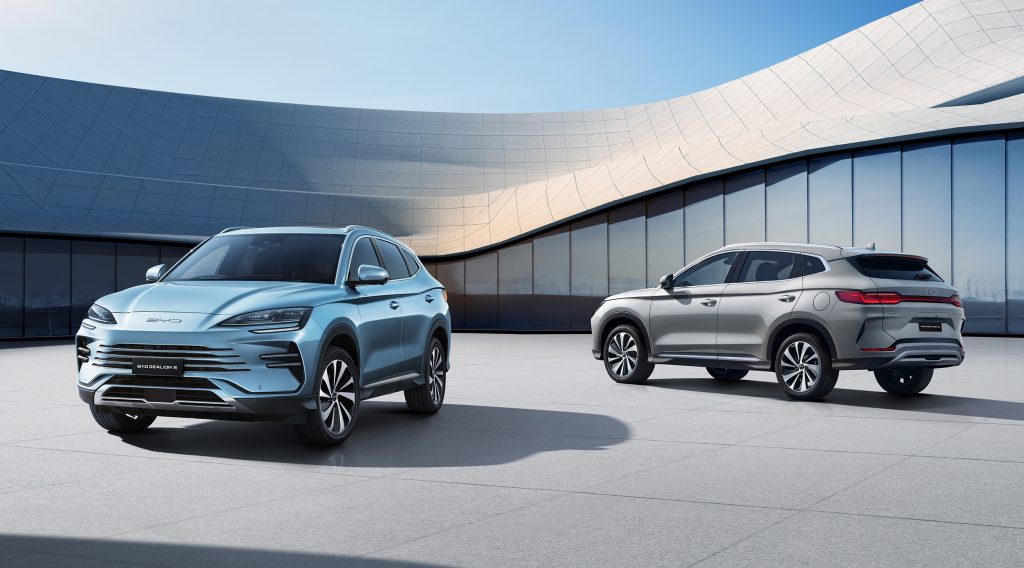
Now for those who have yet to hear about this PHEV SUV before, the Sealion 6 is a 5-seat C-segment SUV that is essentially BYD’s answer to Honda’s CR-V. Those who have their ear on the domestic Chinese auto sector will probably better know this model as the Seal U, where it is available in both a plug-in hybrid and fully-electric guises.
It is however only the PHEV offering of the Sealion 6 that has since made its way to the Asian Pacific region, with it first landing in Australia in April, before having also landed closer to home in our neighbours to the north a couple months back in August. This PHEV SUV is incidentally now locally-assembled in BYD’s Thai plant in Rayong as well, alongside its smaller all-electric Atto 3 sibling.
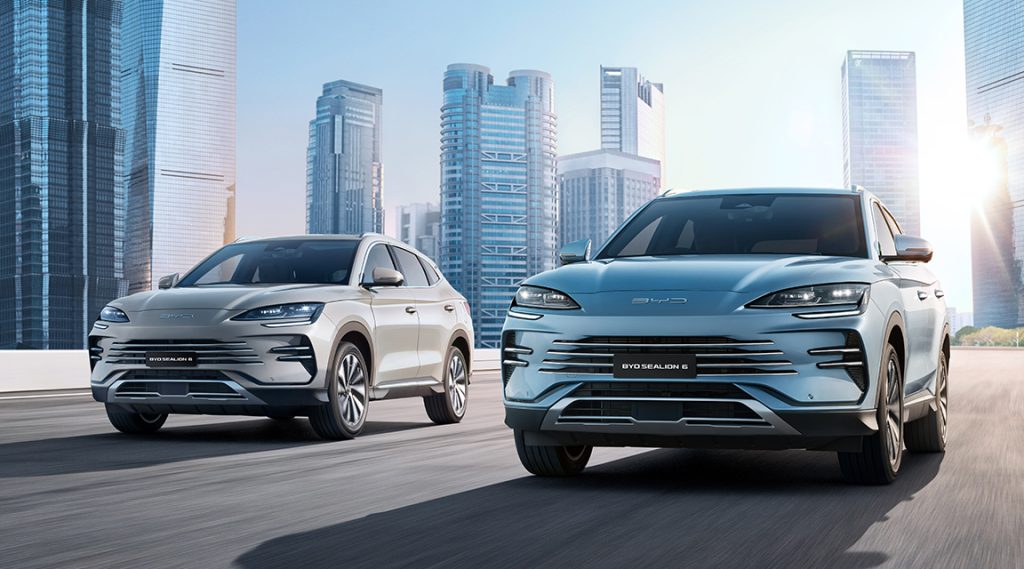
Two specs of Sealion 6 are currently available in this region, with Thailand netting the lower-spec Dynamic trim only, while Australia gains another all-wheel drive Premium variant. Powering the Dynamic trim of this BYD PHEV SUV is to be a 1.5 litre Xiaoyun naturally-aspirated Atkinson-cycle four-pot and front-mounted e-motor pairing, while the higher-end Premium tier straps on a turbocharger to the engine and an electric motor to its rear axle.
Combined output for the front-drive Sealion 6 Dynamic is currently rated at 218 PS and 300 Nm of torque, which in turn translates to a reasonably spritely 0-100 km/h sprint time of 8.5 seconds and a 170 km/h top speed. The all-wheel drive Premium meanwhile bumps those combined output figures up to 324 PS and 550 Nm respectively, and hence sees for its century sprint time to drop to a hot hatch-rivalling 5.6 seconds.
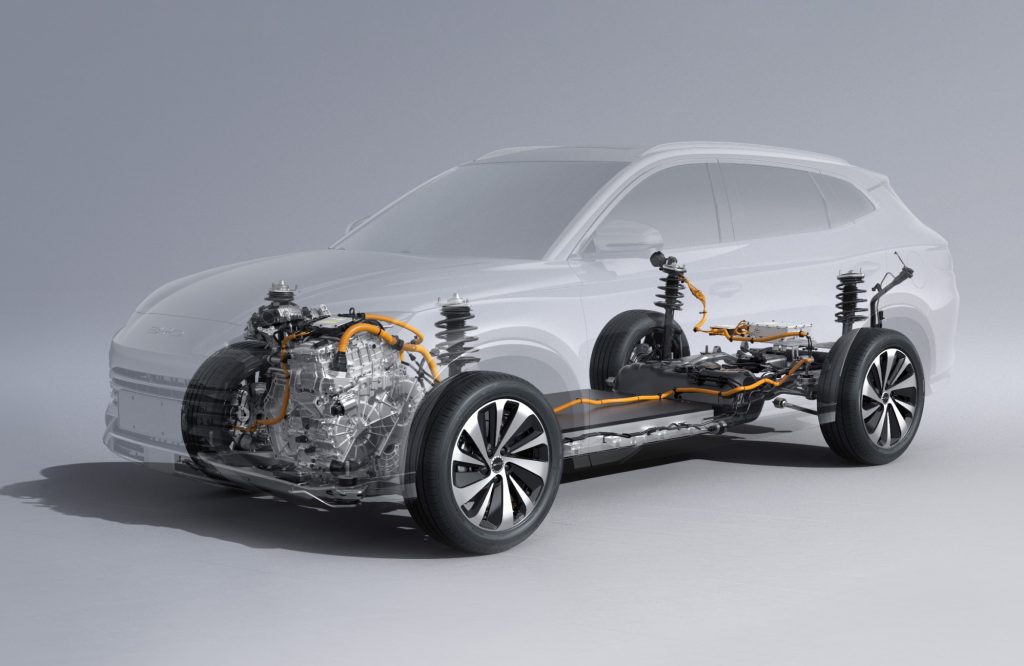
Both variants of the Sealion 6 features a 18.3-kWh Blade battery to feed its motor(s), with BYD touting that the Dynamic trim can manage 92 km of all-electric driving range on a full charge (the all-wheel drive variant manages a still-decent 81 km). More impressively perhaps is that the Chinese automaker further claims its lower-tier front-drive variant can travel nearly 1,100 km, when its 60-litre fuel tank and batteries are brimmed.
Also rather novel for a PHEV too is for the Sealion 6 to accept DC fast charging (albeit only up to 18 kW), which hence sees for it to take only 35 minutes to top up its drive battery from 30 to 80%. It also expectedly accepts AC charging, with a 7 kW peak.

Dimension-wise, the Sealion 6 comes in at 4,775 mm in length, 1,890 mm in width, 1,670 mm in height, and is underpinned by a 2,765 mm wheelbase. This therefore actually sees it to be some 84 mm longer, 24 mm wider but 11 mm lower than the aforementioned Honda CR-V, with it instead being nearly as large as the seven-seat D-segment Proton X90. It comes with a MacPherson strut front suspension and multi-link rear independent suspension.
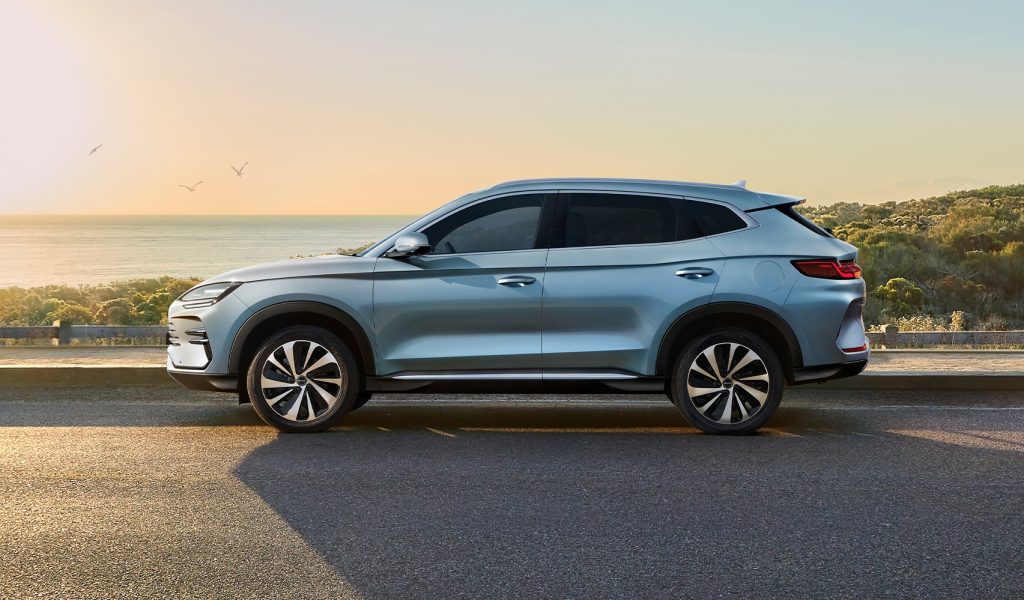
Discussing equipment now, it will not be surprising to hear for the Sealion 6 to come with the usual boat-load of kit that one would already expect with a BYD. Among the highlights on the exterior is for this PHEV SUV to come with double-glazed front windows and 19-inch alloy wheels, while its interior features include a 12.3-inch instrument display and the typical 12.8-inch rotating infotainment touchscreen.
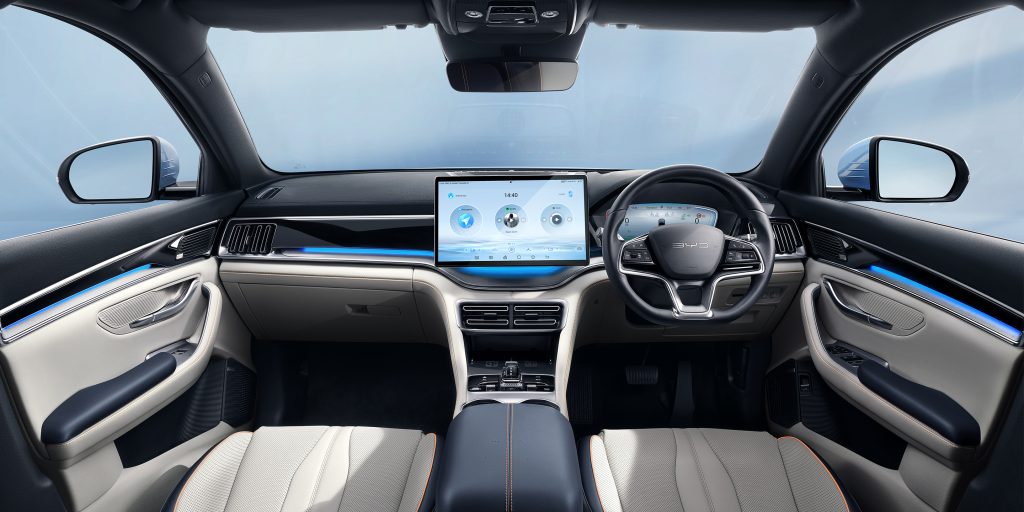
Worth noting here too from the Australian spec sheet is that both the Dynamic and Premium variant have the exact same levels of kit, with the powertrain differences really all that separates the two trims.
It remains to be seen how much exactly the Sealion 6 DM-i will cost when it lands locally in the next couple of months, but its current list price in Thailand of around RM 120,000 would likely see this be a steal in the SUV sector. Given that there is no tax incentives extended to PHEVs (unlike its full EV counterparts) and there is no word of BYD opening its own local assembly line to keep costs down though, its would not be surprising to learn that it will be in the same sub-RM 200,000 price bracket as the equally-electrified CR-V instead.
